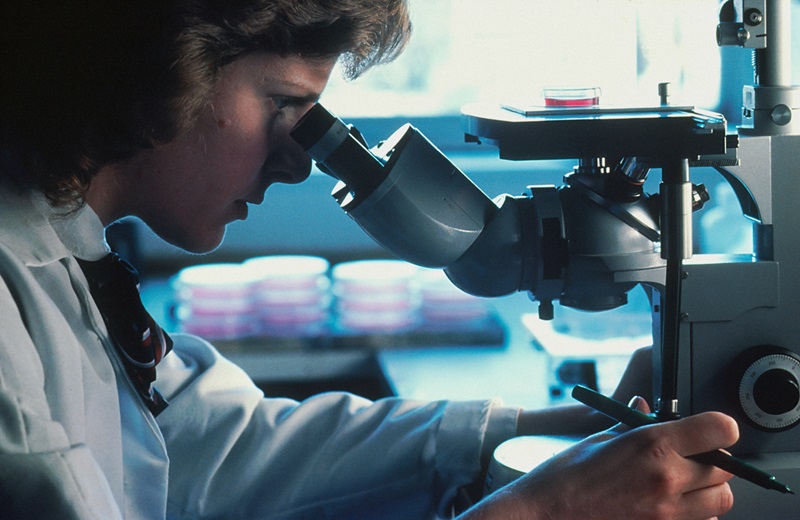Enzymes, nature’s impressive catalysts, play indispensable roles in numerous fundamental biological processes. Understanding the intricate design of enzymes down to the atomic level is the key to unraveling the mysteries of life, leading to revolutionary advancements in biotechnology, pharmaceutical, and medical fields. One of those technologies is the Enzyme Structure Characterization Service, which provides an in-depth investigation into the structure of enzymes. This article will elucidate this remarkable service that aids the challenge of interpreting and understanding enzyme structure and function relationships.
Enzyme Structure Characterization Service, offered by companies like Creative Enzymes, encompasses a range of techniques that enable us to visualize and study enzyme structures at an atomic scale. These methodologies are critical to a variety of sectors including drug development, diagnostics, and enzyme engineering, facilitating the design of new enzyme-based products and solutions.
The services rely heavily on state-of-the-art technologies such as X-ray crystallography, Nuclear Magnetic Resonance (NMR) spectroscopy, and cryo-electron microscopy. X-ray crystallography is ideal for protein and enzyme structure resolution, whilst NMR spectroscopy gives insights into enzyme kinetics and ligand binding. Cryo-electron microscopy, a relatively novel technique, has revolutionized the field by capturing images of specimens frozen in native-like states.
Enzyme structure elucidation requires an integrative approach that considers both static and dynamic as well as experimental and computational perspectives. The service providers meticulously examine several aspects of the enzyme, including primary structure (sequence of amino acids), secondary structure (alpha helices and beta sheets), tertiary structure (three-dimensional arrangement), and quaternary structure (arrangement of multiple protein chains or subunits).
A pivotal part of the characterization process is investigating enzyme-ligand, enzyme-enzyme, and enzyme-substrate interactions. Enzyme kinetic studies reveal the rate at which an enzyme catalyzes a reaction, and ligand binding studies illuminate how small molecules influence enzyme function.
Moreover, enzyme thermostability, another critical area of inquiry in enzyme structure characterization, has profound implications in various commercial and industrial applications. For instance, understanding an enzyme’s thermostability can help in designing enzymes that withstand harsh industrial processes or sustain activity for longer durations.
The detailed structural understanding achieved using these techniques can guide rational design and modification of enzymes for better performance, altered specificity, or improved stability. This can revolutionize the drug discovery process by identifying new drug targets, enhancing the specificity and efficacy of drug molecules, and reducing side-effects, ultimately driving the development of effective therapeutics.
The state-of-the-art Enzyme Structure Characterization Service reflects a shift towards data-driven enzyme research. This innovative service is not just about characterizing enzymes, but it is also about understanding the relationship between their structures and functions. After all, the pioneering advancements in our comprehension of enzyme structure and function relationships will pave the way for cutting-edge innovations and transformative solutions in healthcare, bioenergy, and a plethora of other sectors.
While enzyme structure characterization may seem a monumental task due to the inherent complexity of enzymes, advancements in scientific technologies and methodologies have made it feasible. The service offers scientists a valuable tool to unravel the intricacies of enzyme mechanisms and enlighten the enzyme application fields with fundamental scientific insights.
In conclusion, understanding enzymes at a molecular level has never been more imperative. And the Enzyme Structure Characterization Service, with its arsenal of sophisticated techniques and technologies, holds the promise of providing deeper insights into enzyme operation and manipulation, thereby unlocking the true potential of these natural catalysts.

